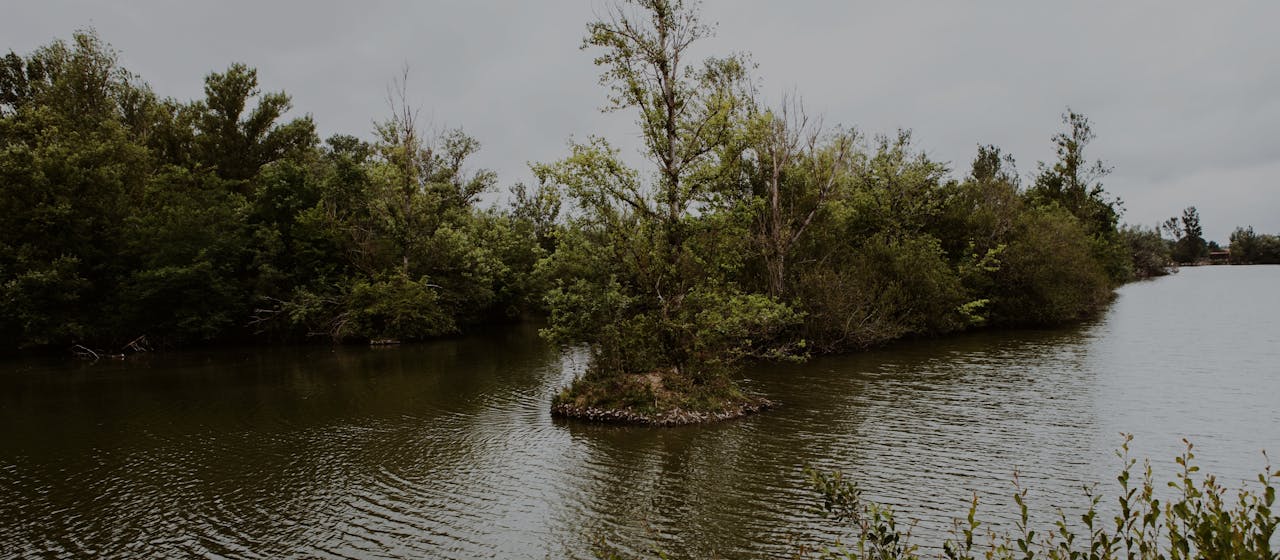
Visit : the LPO reserve of Cambournet-sur-le-Sor
After visiting the textile museum, the Filature Du Parc and the Tissages A. Calvet, we go to the LPO reserve of Cambournet-sur-le-Sor to continue our trip in Tarn.

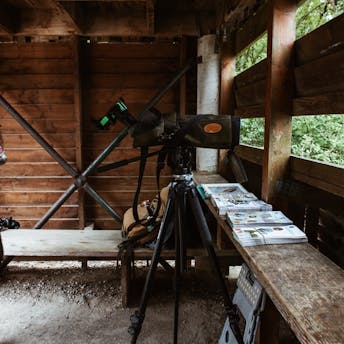

History of the reserve
Cambournet-sur-le-Sor is the smallest nature reserve in Occitania, and the only one in Tarn. It is artificial: former gravel quarry, it is dated of the years 1980, 1990. It is the LPO which alerted on the necessity to create this space following the appearance of herons in the 1970s in the region.
The main species of the reserve is the heron. Despite its small size, it remains one of the largest reserves of Midi-Pyrénées for these birds. There are about 1200 individuals, some of them quite rare like the crab heron, the hairy heron, the purple heron.

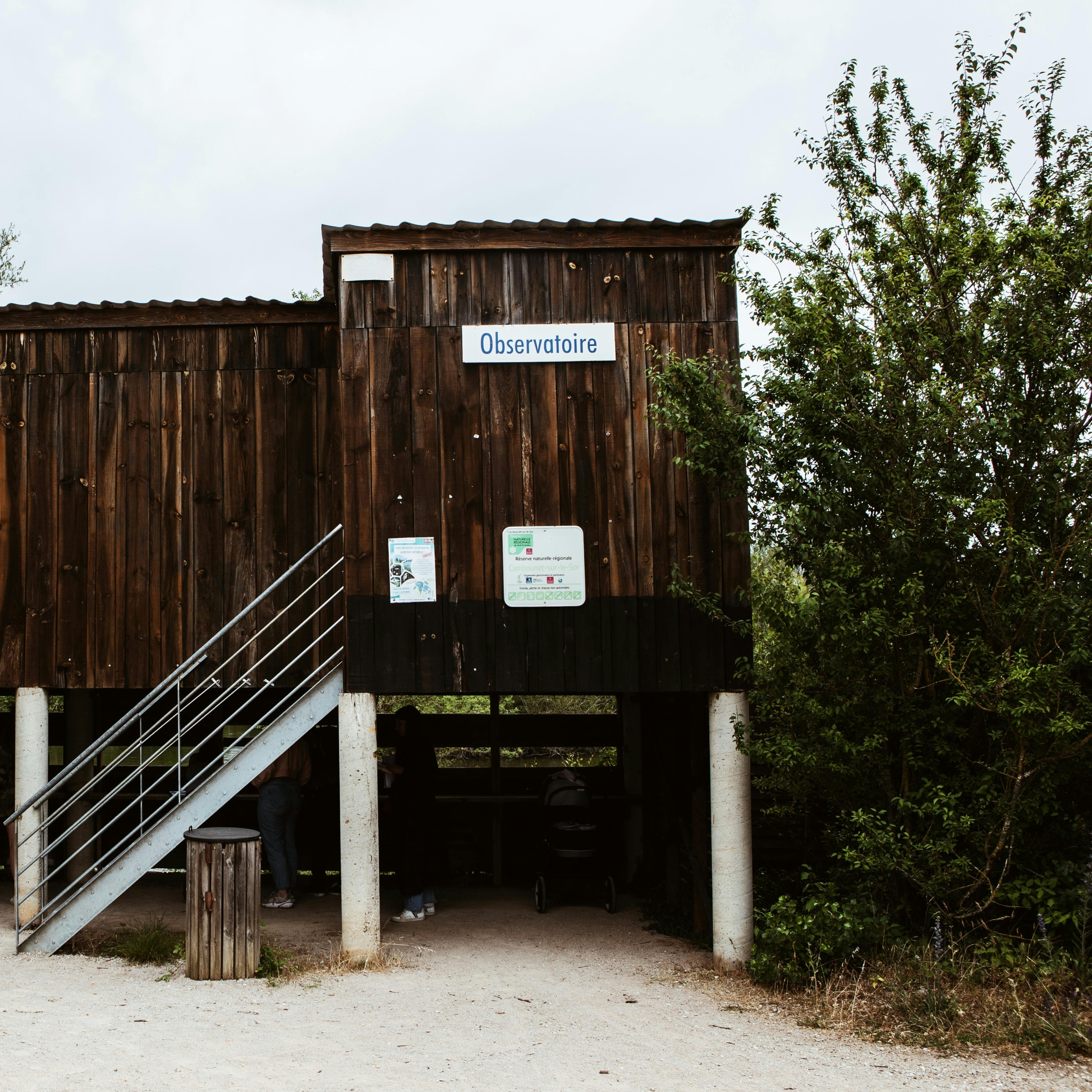
The status of the reserve is that of regional natural reserve, but it is also co-managed by the LPO thanks to an agreement that unites the state actors and the association.
The LPO is thus co-manager of the site with the municipality of Soréagou. The organization takes care of the management of the space, education of the public, inventory of the species and scientific follow-up. The region and the department take care of the financing part.
The reserve is closed: one cannot go inside. Its status protects it from fishing, hunting and gathering, which makes it an area protected from human intrusion.
Species in the reserve
As mentioned above, the reserve was created for species that became naturally established in the area in the 1970s. At that time, there was a strong presence of purple heron, least bittern and hairy crake.
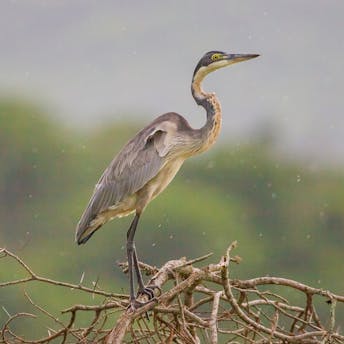
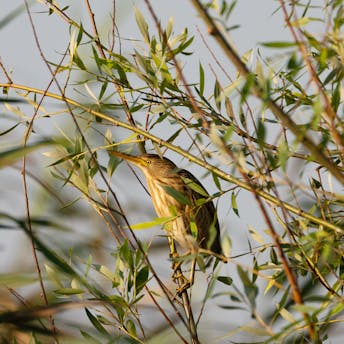
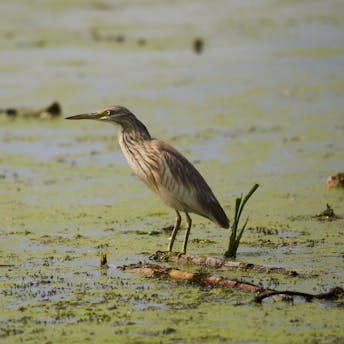
Today, about 200 species of birds can be observed, 58 of which nest in the reserve. The inhabitants are not the same as they were 50 or 40 years ago: the grey heron, the great cormorant, or the great crested grebe have taken up residence here.
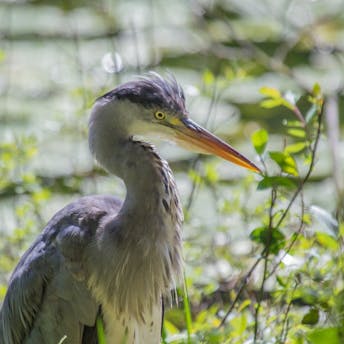
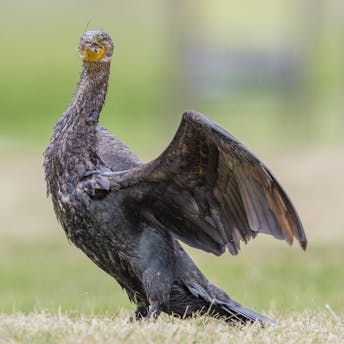
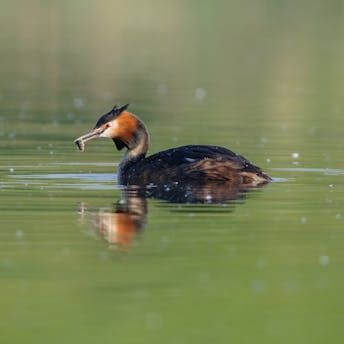
We also saw herons, scaups, black-crowned night herons, but also Florida tortoises, an invasive species. Only grey herons eat Florida turtles when they are young, because they have a soft shell.
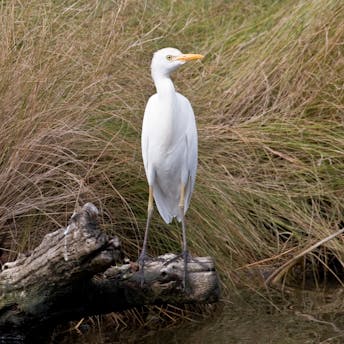
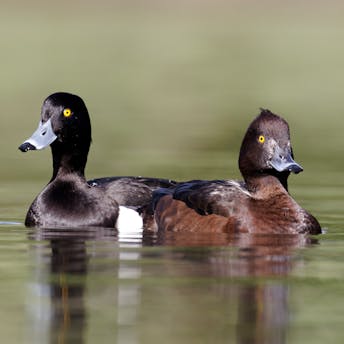
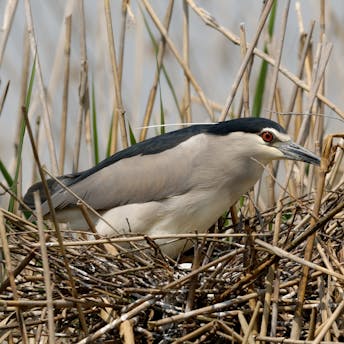
Issues
At the reserve, our guides also brought up the issues they face. Climate change and weather events such as hail are causing big losses in bird populations.
With this same disruption, some birds no longer migrate because there is enough food for the winter. It is also possible that only a part of the birds migrate but it is not yet determined what criteria make an individual leave or not.
Around the lake that forms the sanctuary, there is a fence: the place is known to the locals and is very close to an activity park. It is common to find waste there. Pollution is one of the problems of the reserve since it is close to urbanized areas.
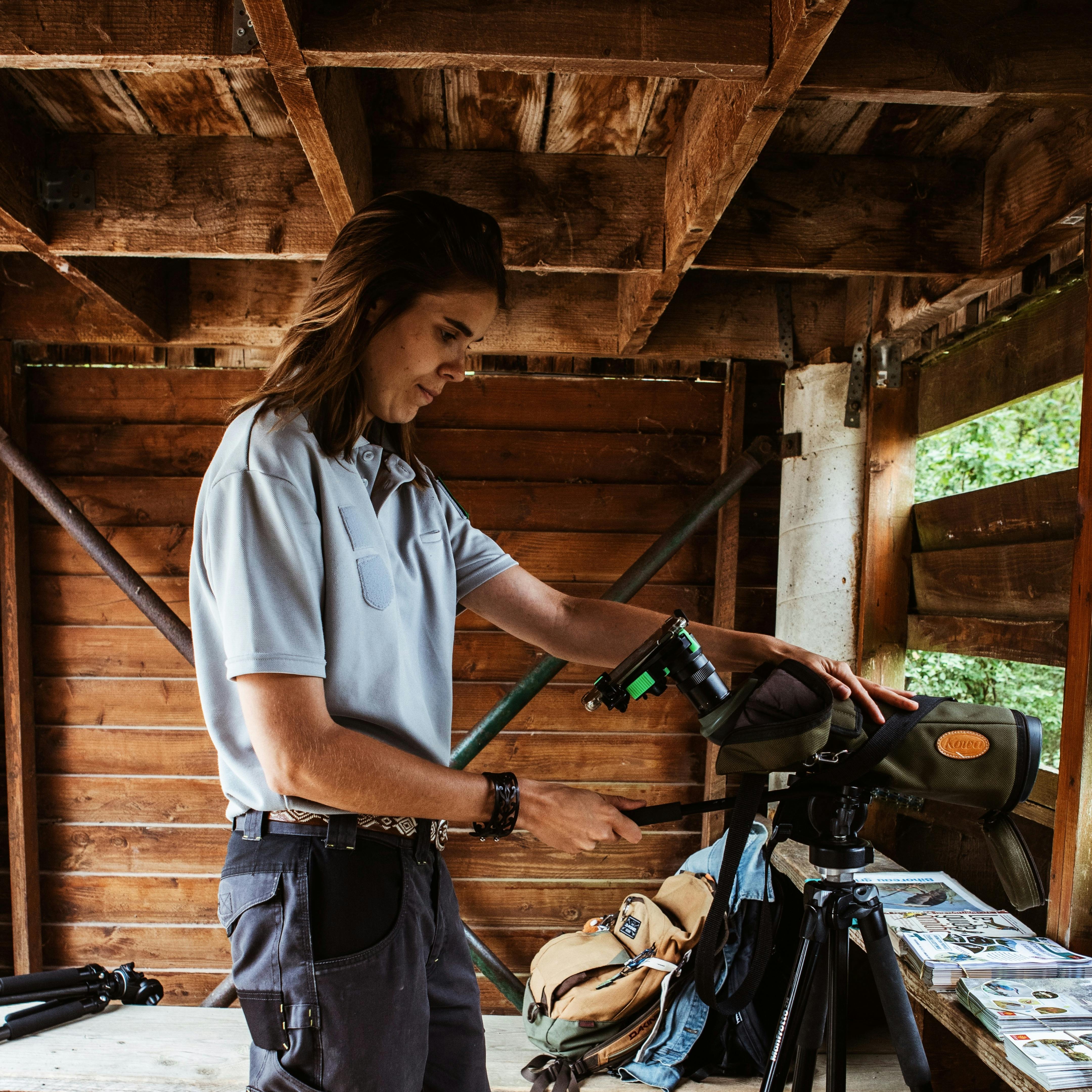
We hope you enjoyed the trip! We also advise you to have a look at the streaming page of the Albi city hall to be able to observe the falcon which nests on top of the cathedral.
